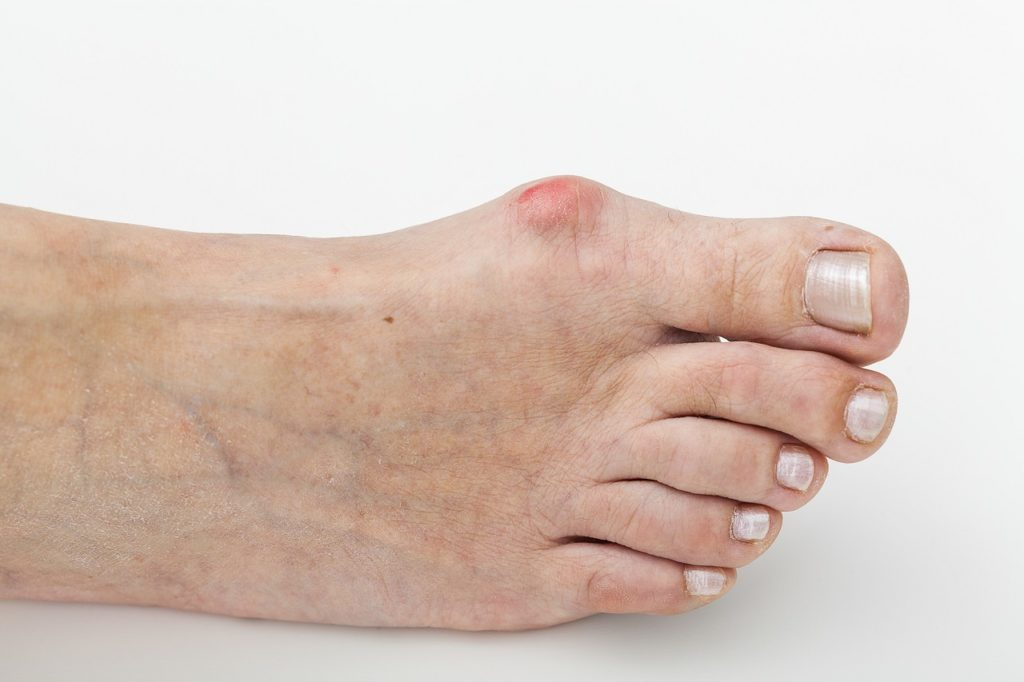
Human Papillomavirus (HPV), gential warts and anal cancer
Anal cancer is a rare disease, but its incidence has been increasing in the last 20 years, especially in patients with HIV and gay men. Women with a history of illness in the vulva or cervix also have an in creased risk of suffering it.
There are significant similarities between cervical cancer and anal cancer. The most important of these is that both relate to the Human Papillomavirus (HPV). The most common form of transmission of this virus is through vaginal or anal intercourse, whether these are frequent or sporadic.
The Cervical smear and colposcopy, which are common gynaecological exams, have succeeded in reducing the frequency and death from cervical cancer significantly. Recently, it has been proposed a similar strategy for the detection of injuries that can develop cancer on the anus. The Anal stream is a simple technique that involves passing a swab through the anal canal where the pathologist examines cells. The procedure is painless and requires just a few seconds. In some cases, it may be necessary to study the anus in more detail through a high-resolution anoscopy, a study similar to the colposcopy that the gynaecologist does to women.
If HPV-related lesions are found within any of these studies, the corresponding treatment is carried out. This may be applied locally or by mini-invasive procedures.
Useful tips
– If you have warts on the edge of your anus, consult your proctologist.
– If you belong to high-risk groups, talk to your doctor.
– You can decrease the chances of getting HPV or suffering other sexually transmitted diseases by using condoms in all sexual relations from the beginning.
For further information, please ask your proctologist doctor.
Surgeon specialist in General and Digestive
Hospital Vithas Medimar Internacional




